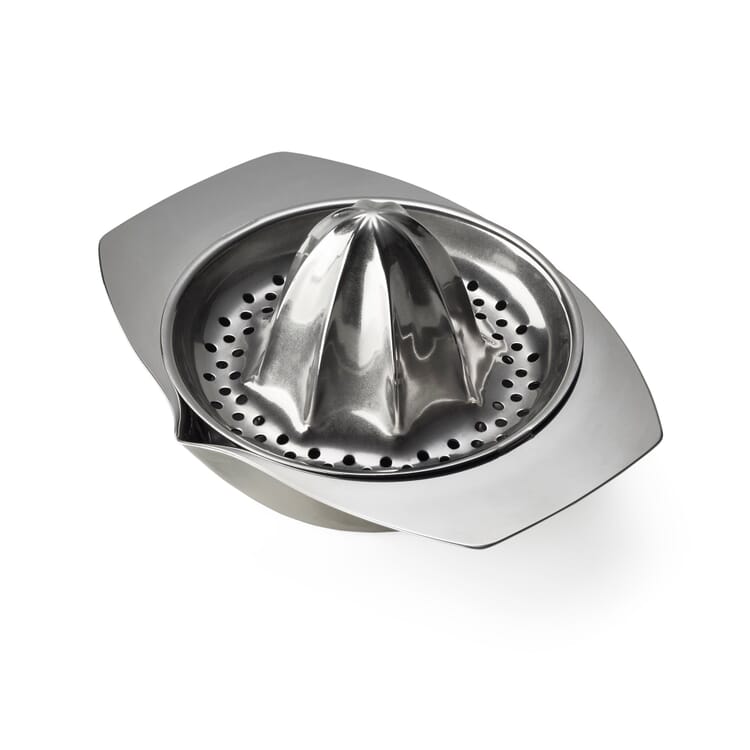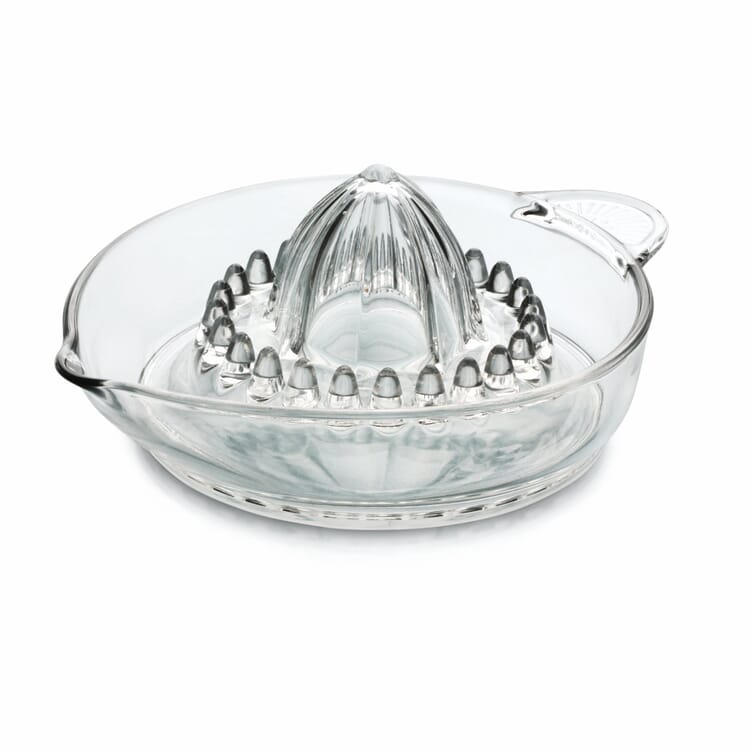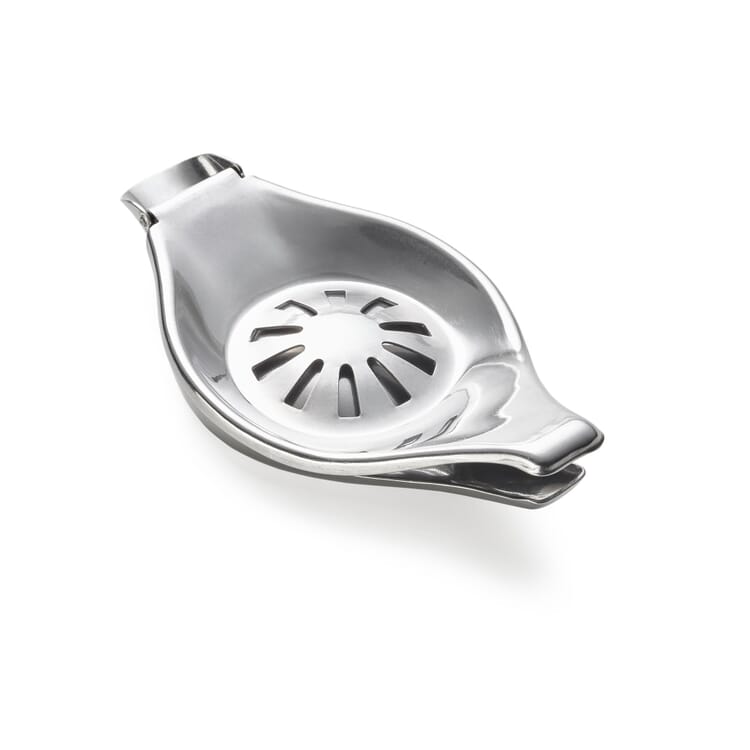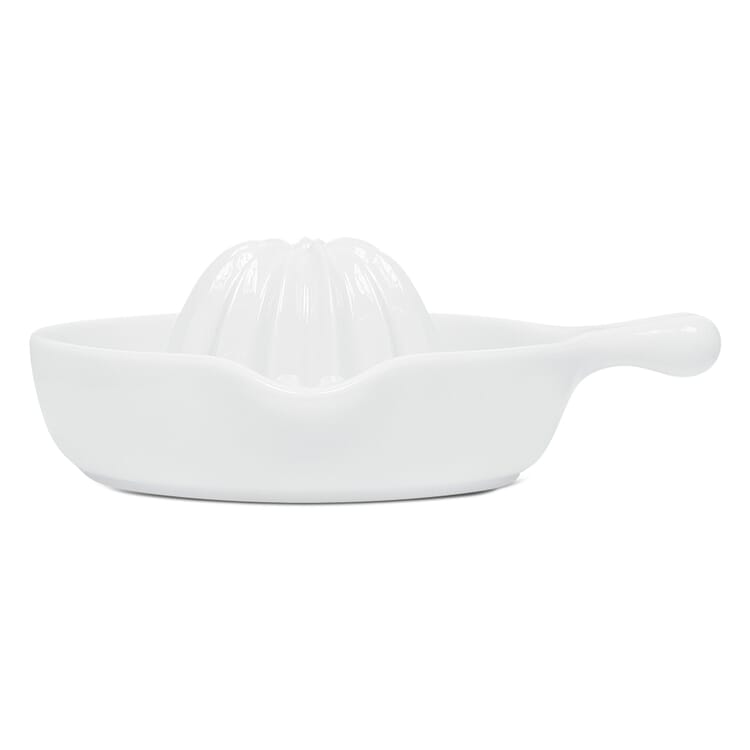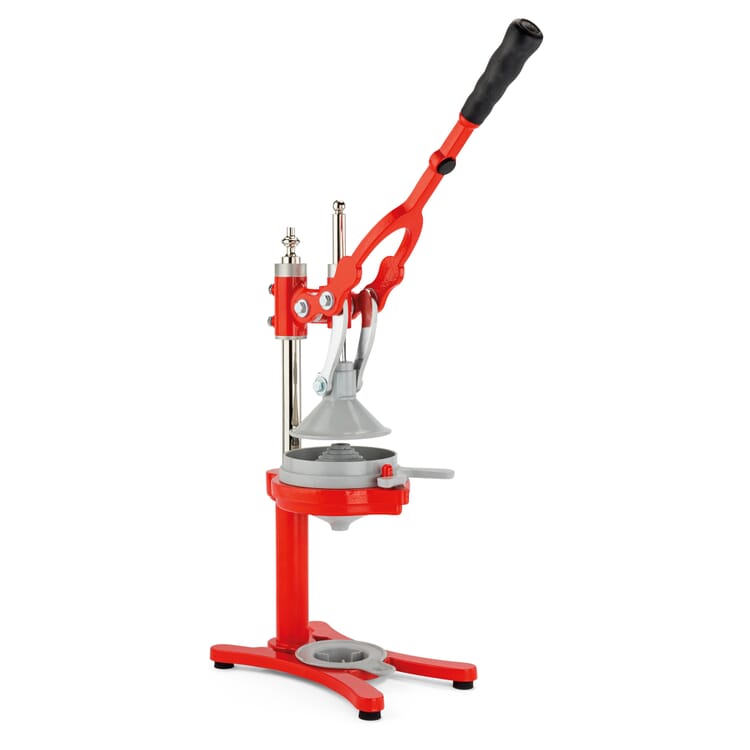- Outdoor lighting design
- Balcony fruit. Rich harvest in the smallest space
- Bella crema. Tips for the preparation of espresso
- Create and green Benjes hedges
- Bee friendly perennials
- Tying variants for scarves
- Flowering ornamental shrubs. 12 tips on selection, location and care
- How to bake bread
- Bullet Journal. Ideas for a creatively designed notebook
- The right juicer. A question of type
- The classic shave with razor and straight razor
- The optimal wet shave
- The advantages of a badger hair brush
- The choice of coffee maker
- Choosing the right pillow
- How to make ice cream and sorbets
- Recognize good kitchen knives
- How to recognize a good tool
- Shirt collar. Small collar science
- Coffee. From the bush to roasting
- Making coffee. Completely without pressure
- Which pan for which purpose?
- How to Pack a Suitcase
- Knife Sharpening & Sharpening
- Naturally antistatic. Carpets from natural fibers
- Sleep well, of course. With the right bedding
- How to make Pasta
- Plant propagation. About cuttings or seeds
- Wet Shaving or Dry Shaving?
- Scissors science. Garden shears for every purpose
- How to Care for Shoes
- How to make soap
- Tips for buying shoes. How should shoes fit?
- How to recognize a good espresso
- How to recognize a good garden table
Helpful tips
Powerful juicer. Vegetable vital power jar by jar

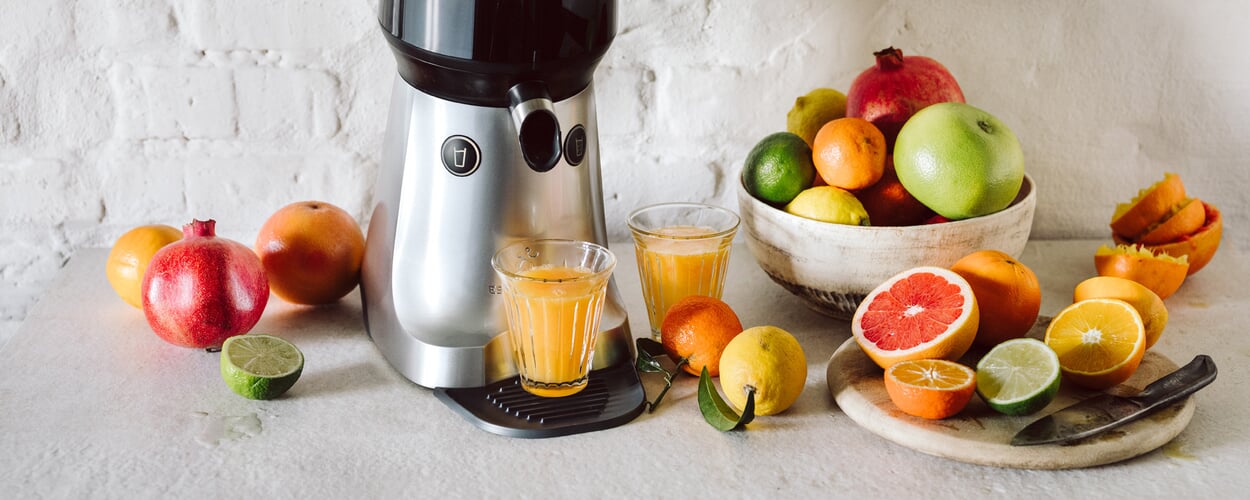
A good way of extracting the valuable ingredients from the vegetable body and feeding them into the human body is juicing. The advantages are obvious: large masses of fruit and vegetables can be reduced to the size of a glass without much fuss, but retain many of their precious plant ingredients. In addition to vitamins, minerals and enzymes, the secondary plant compounds that are of particular interest here are those that are now considered to have particularly high health benefits: Tannins and bitter substances, essential oils, flavonoids and several more. However, as is well known, not every plant releases its concentrated ingredients as naturally as an overripe orange, so that every contemporary with an affinity for juice is soon faced with the realization that appropriate equipment is indispensable for the desired extraction.
However, deciding on a specific model is not that easy, because the market is teeming with different offers. To help you find the right juicer, our buyers have therefore already sifted through this confusing selection for you with a lot of expertise. Their clear guideline for inclusion in our range: durability paired with functionality. The models we offer are all particularly robust representatives of their genre; sturdy and quality manufactured from stainless steel and other durable materials; resistant to rust and insensitive to fruit acids. All devices are easy to clean and should a single part break, it can be replaced without any problems - for extensive and intensive juice enjoyment.
The right juicer. A question of type
Squeezing, centrifuging, pressing or steaming - there are many ways to juice, but not every method is equally suitable for all plant parts. It therefore makes sense to think about what purpose your device will ultimately serve before making a purchase. If, for example, you attach importance to the highest possible vitamin density, a juicer that achieves its yield through the action of heat or produces a high oxygen admixture is certainly not the best choice. Both of these factors, unfortunately, have a knack for eradicating nutrient mimosas such as vitamin C pretty unerringly. If you want to extract juice from soft fruit varieties such as bananas, tomatoes or berries, equipment that specializes in grinding hard plant parts is out of the question - here you would subsequently have pulp instead of juice in the glass. And for the extraction of chlorophyll-containing pressed material such as spinach leaves or herb stalks, you can hardly use a press cone, for which you need a little more technical effort. Also worth considering is the frequency with which you intend to use your new household helper. Depending on the type, the devices require more or less cleaning, and producing only a small dose of fresh juice every day can quickly turn the cost-benefit ratio in an unfavorable direction if the juicer has to be completely disassembled and cleaned for every tiny jar. If you know exactly what you want beforehand, your new purchase will give you pleasure and not lead a dreary existence in the depths of your kitchen cupboard after losing initial juice enthusiasm. The following list may help you choose the right juicer for you.
1) The steam juicer. For large quantities and long shelf life
The steam juicer is a device with tradition - even our grandparents used it. It is the right choice for those who want to juice soft fruits, such as berries, or who have large quantities of fruits and vegetables at their disposal. A high-quality model not only extracts juice on a large scale, but the hot water vapor also preserves the yield, which is why garden owners often take great pleasure in it when processing their harvests. Juices made in this way are said to be safe to keep for several years, provided you have worked hygienically enough. However, the juice obtained in this way contains fewer vitamins than raw vegetables and also no longer contains active enzymes - these are lost during the pasteurization process. The classic steam juicer consists of three pots stacked one inside the other: the water is poured into the lower one, and the fruit to be juiced into the upper one. In the middle is the collection tray for the juice and an opening to which the filling hose is later connected. Juicing is done on the stove, the hot steam causes the plant cells to burst and forces them to release their juice. However, the device needs a patient operator - on average, a juicing process takes between 40 and 90 minutes. In principle, all types of fruit and vegetables are suitable for this method, only bitter parts should be better removed beforehand. Even herbs can be processed to produce liqueurs, ointments or seasoning sauces from the extracts obtained. The leftover mash can also be processed into jams or marmalades. And if you ever have nothing left for juicing? Then you can simply turn the device into a steamer - even fish can be prepared gently and tastefully in this way.
2) The citrus juicer. For a quick start to the day

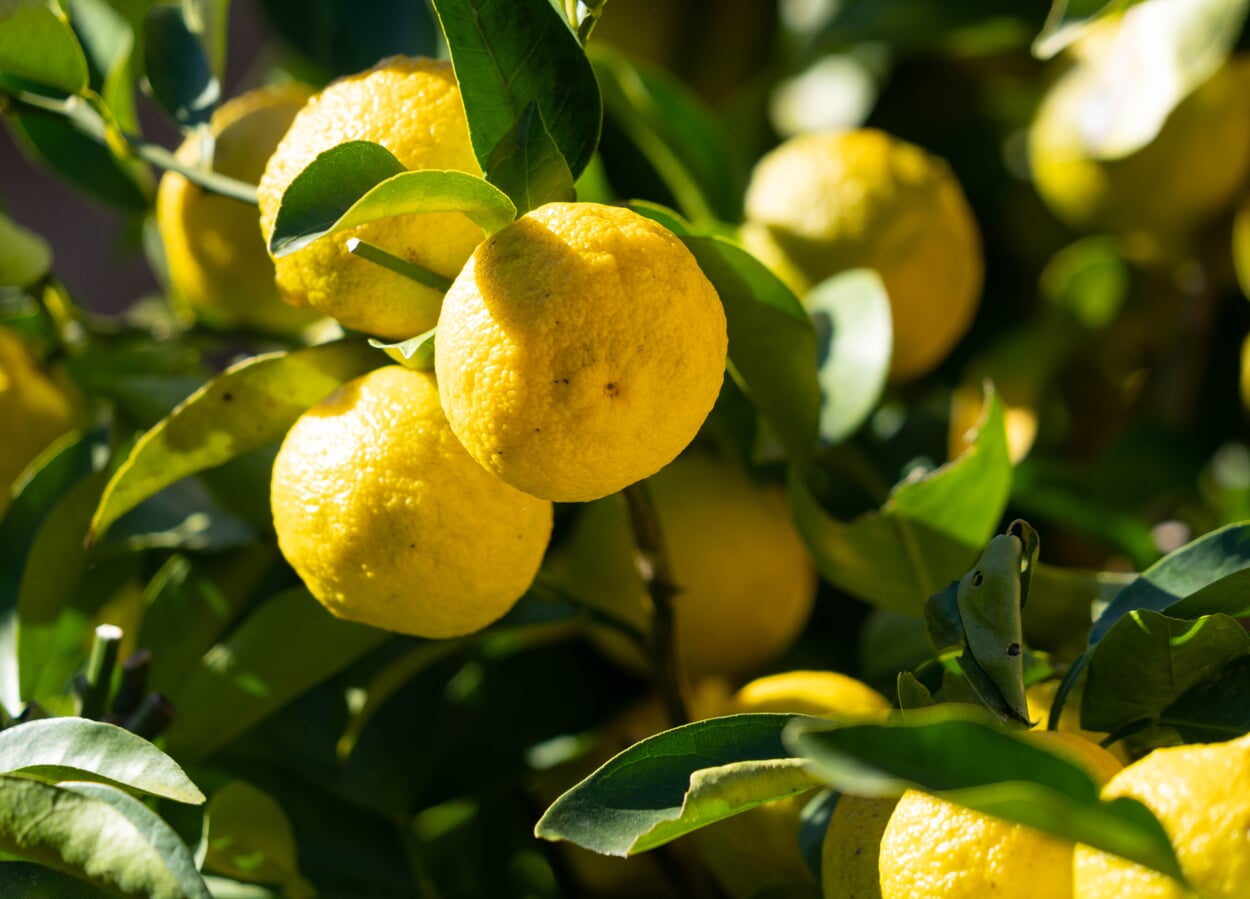
The citrus juicer, as the name suggests, is primarily suitable for juicing oranges, lemons or other representatives of the Agrumen family. They are available in electric or mechanical versions, whereby a powerful motor does not necessarily stand for better juicing results. The crème de la crème among the hand lever presses can easily develop such a pressing force that even pomegranates capitulate to it and has such a masterfully manufactured mechanism that you do not even have to get particularly hands-on.
The general mode of operation of a citrus press is, by the way, kept quite simple: The halved fruits are deprived of their liquid by means of a pressing cone with sharp-edged ribs, plus pressure or rotary movements. A sieve attached to the cone filters out the pulp and seeds. The squeezed juice ends up either in a collecting container or directly in the glass. As a rule, the yield of this type of juicer is very high and cleaning is easy - just the thing for a quick morning vitamin kick. However, other types of fruit or vegetables cannot be juiced with this technology.
Our citrus presses
3) The centrifugal juicer. For fresh juice cocktails at any time
The often futuristic-looking juice centrifuges are powerful juicers that can liquefy even harder fruits and vegetables effortlessly. The motors of high-quality devices reach a considerable potential with outputs of up to 1.5 kilowatts. In addition, adjustable speeds ensure that the various fruits are better catered for.
At the heart of this powerful type of appliance is a specially hardened grating disc fitted with a series of sharp little blades, which can grind the juiced material at up to 15,000 revolutions per minute. The centrifugal forces acting on the finely shredded material cause it to be thrown against the screen that is also installed, thus filtering out the juice. The hard plant material remains as pomace in a separate container. Particularly dry material indicates a high juice yield and thus a juicer of very good quality.
Powerful juice centrifuges can easily produce larger quantities of juice - depending on the capacity of the integrated pomace container. High-quality devices also have large feed chutes that make laborious chopping of fruits and vegetables unnecessary. However, since the juice consistently comes into contact with oxygen during the production process, light-colored juices, such as apple juice, cloud up relatively quickly. They should be drunk as soon as possible. Despite its power, this type of juicer is therefore rather unsuitable for pre-production.
4) The juicer. With peace and power to the highest vitamin enjoyment
For health-conscious and raw food lovers, the juicer, also called cold juicer or slow juicer, is a first-class choice. Unlike centrifugal juicers, it can also be used to juice soft fruits and vegetables, grasses and herbs, for which a steam juicer would otherwise be the only alternative - but in raw food quality. The juicer achieves this with sheer force: a powerful motor drives spiral-shaped threads, so-called pressing screws, which literally squeeze the juice out of the filled fruit. At best, they rotate at one-tenth the speed of centrifugal juicers. This keeps both the oxygen admixture and the associated oxidation process low during the juicing process. The juices stay fresh longer.
Value to the end. Waste is only what you make it
Often, a whole lot of pomace remains after juicing fruit and vegetables. In industrial juice production, these leftover press residues are often reused - for example, to extract pectin, as fertilizer, animal feed or raw material for biogas plants. At home, on the other hand, the vegetable residues often end up in the trash, although they still contain some valuable nutrients. Recycling is therefore not only important for people interested in sustainability, but is also worthwhile for everyone else. Here is a small list of possible uses for inspiration:
- Baked goods: Pomace is excellent for loosening cake batter (carrot) or making fruit muffins (apple)
- Raw food crispbread: If you have one, you can make a tasty crispbread from the pomace with the help of a few spices and seeds (beet or other vegetables). Residues from fruits can be further processed into raw food fruit leather
- Fryers: Celery, beet, carrot or pumpkin pulp can be processed with a few other ingredients into delicious fryers in no time
- Fruit drinks: For a fruit juice drink, simply boil fruit residues with water and sugar and then sieve through.
- Ingredient for soups, salads, mueslis: Depending on the variety, press residues can be used as a (garnishing) ingredient for a whole range of other dishes
- Beauty care: Some pomace varieties (for example, cucumber or carrot) are well suited for making face masks. Depending on your skin type, you can mix them with some curd, avocado or honey. Of course, if you have your own garden with a compost pile, you can compost the pomace without hesitation - it will thus turn into a natural, valuable fertilizer over time, which will promote the growth of your plants and can help increase the targeted crop yield. You will then have more raw material left over for juicing next season.

